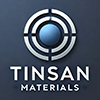Showing 361–372 of 674 results
-
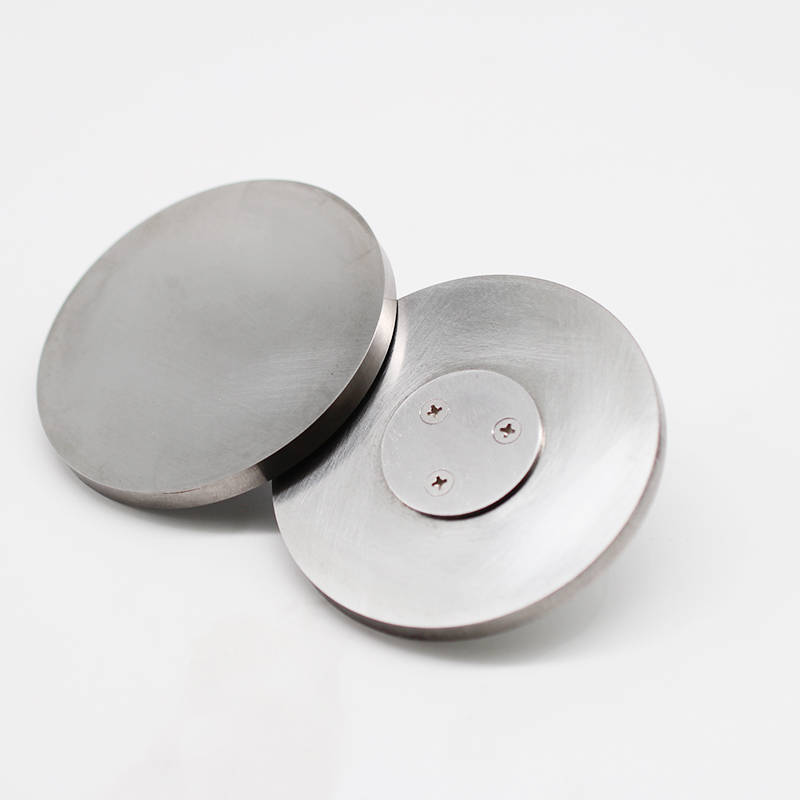
- High Thermal Stability: Performs exceptionally well in extreme temperature environments.
- Enhanced Ductility: Improved mechanical performance over pure molybdenum.
- Excellent Conductivity: Ensures reliable electrical and thermal performance.
- Customizable Options: Tailored to meet the specific requirements of various deposition systems.
- Corrosion Resistance: Long-lasting performance in aggressive environments.
-
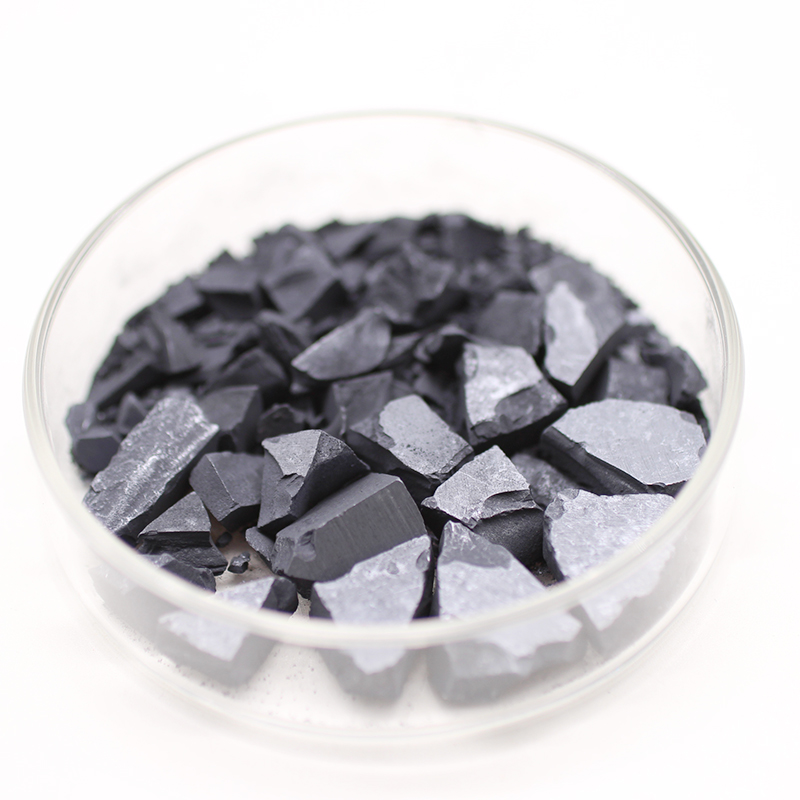
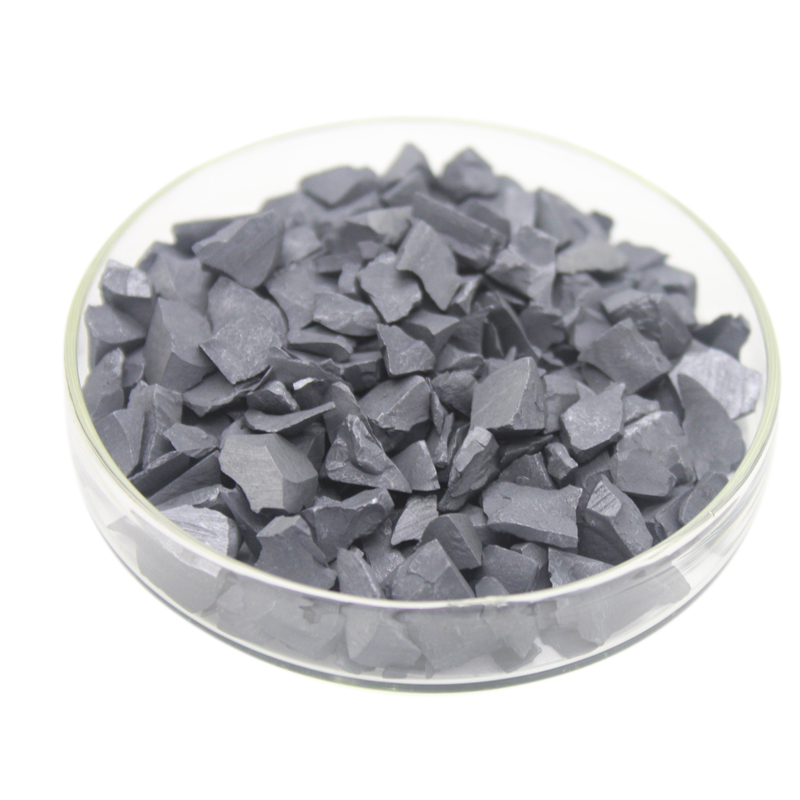
- Layered Structure: MoS₂ has a unique layered structure, allowing for exfoliation into single or few layers, making it ideal for 2D material applications.
- Semiconductor Properties: MoS₂ is a semiconductor with a direct bandgap (~1.8 eV for monolayers), making it suitable for nanoscale transistors and photodetectors.
- Low Friction Coefficient: Its excellent lubrication properties make MoS₂ ideal for coatings that require low friction and high durability, especially in vacuum or extreme conditions.
- Thermal Stability: MoS₂ remains stable at high temperatures, ensuring its effectiveness in harsh environments.
- Corrosion Resistance: MoS₂ provides a protective, corrosion-resistant layer in various applications, extending the life of coated components.
-
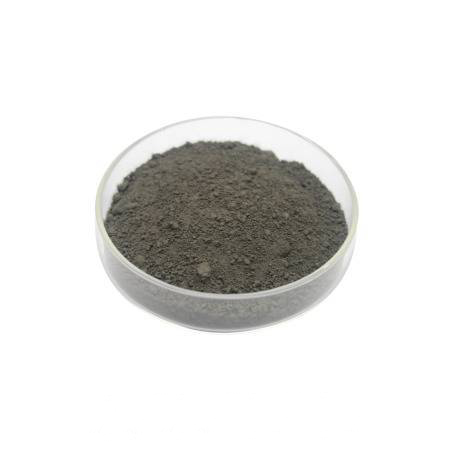
- Superior Lubrication: Known for its excellent lubrication properties, particularly in extreme temperature and pressure environments.
- High Wear Resistance: Provides exceptional wear protection and reduces friction in moving parts.
- Thermal Stability: Maintains stability at high temperatures, making it suitable for demanding industrial environments.
- Good Conductivity: Possesses moderate electrical conductivity, making it useful in electrical applications.
- Chemical Resistance: Highly resistant to oxidation and corrosion, making it durable in harsh chemical environments.
- Fine Powder Form: Available in various particle sizes, offering flexibility for different applications.
-
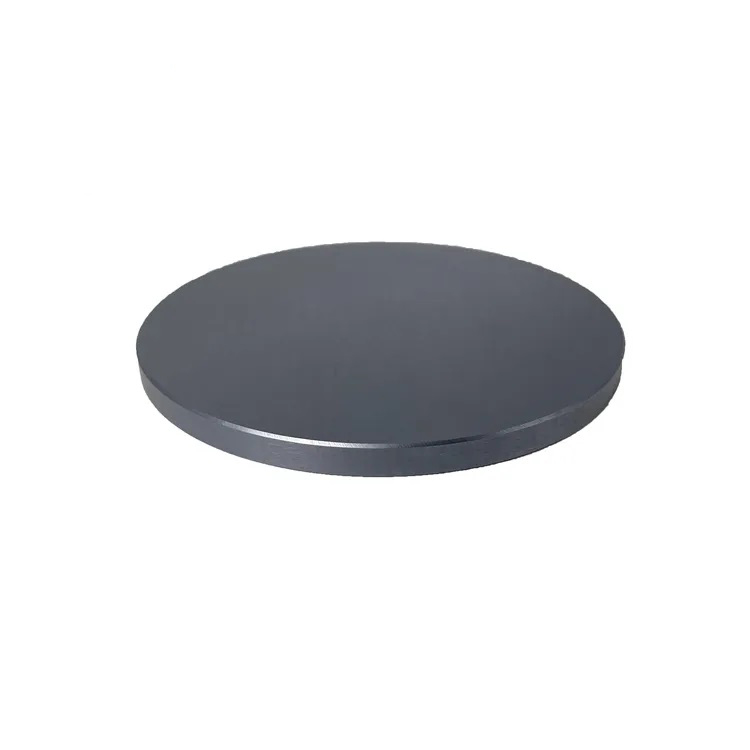
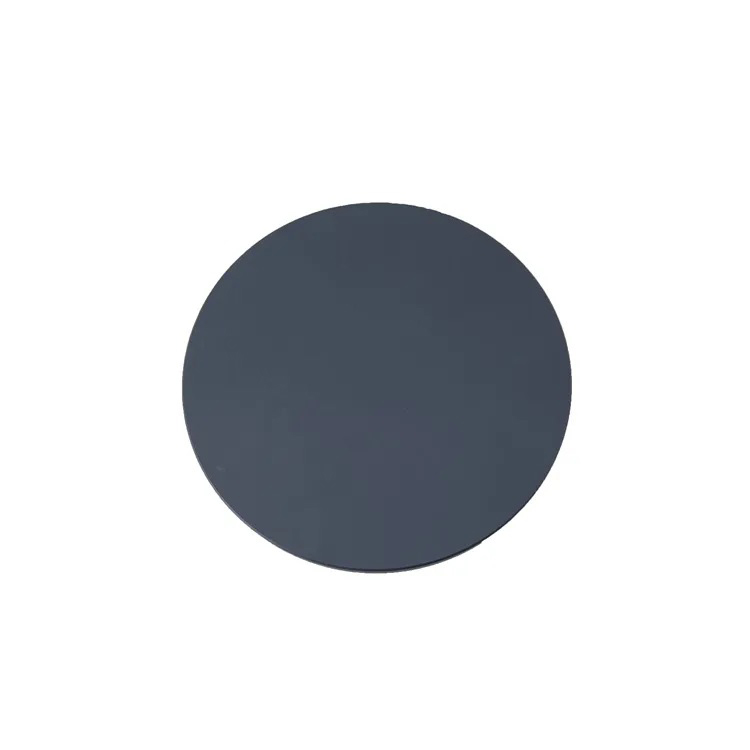
- Layered Structure: MoS2 has a unique layered structure that contributes to its mechanical, electrical, and tribological properties, making it an excellent candidate for advanced coatings and devices.
- Semiconducting Properties: MoS2 is a semiconductor with a direct bandgap in its monolayer form, offering high performance in electronic devices such as transistors and photodetectors.
- Low Friction Coefficient: As a solid lubricant, MoS2 provides a low friction coefficient, making it useful in harsh environments where liquid lubricants are impractical.
- High Thermal and Chemical Stability: MoS2 films exhibit excellent thermal and chemical stability, enabling their use in high-temperature environments and chemically aggressive conditions.
-
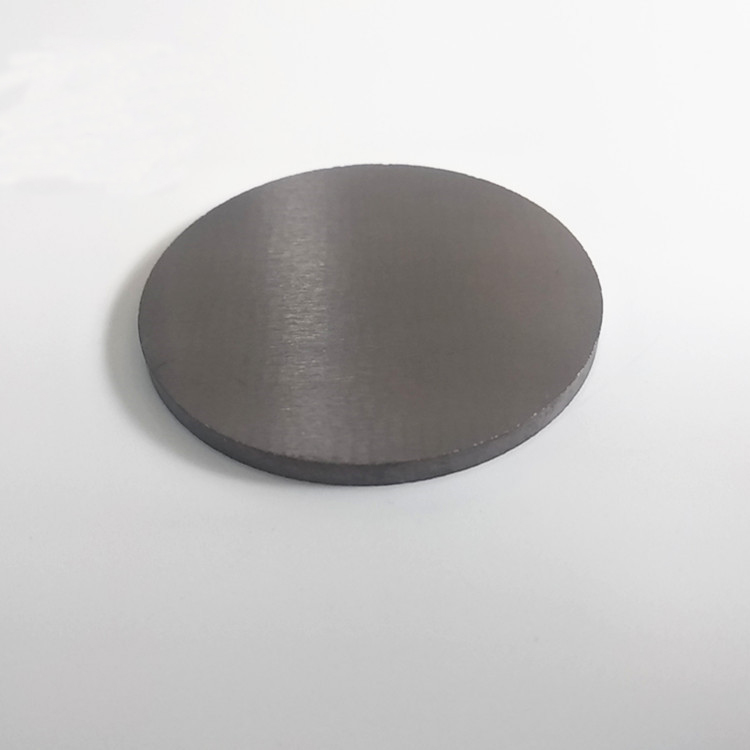
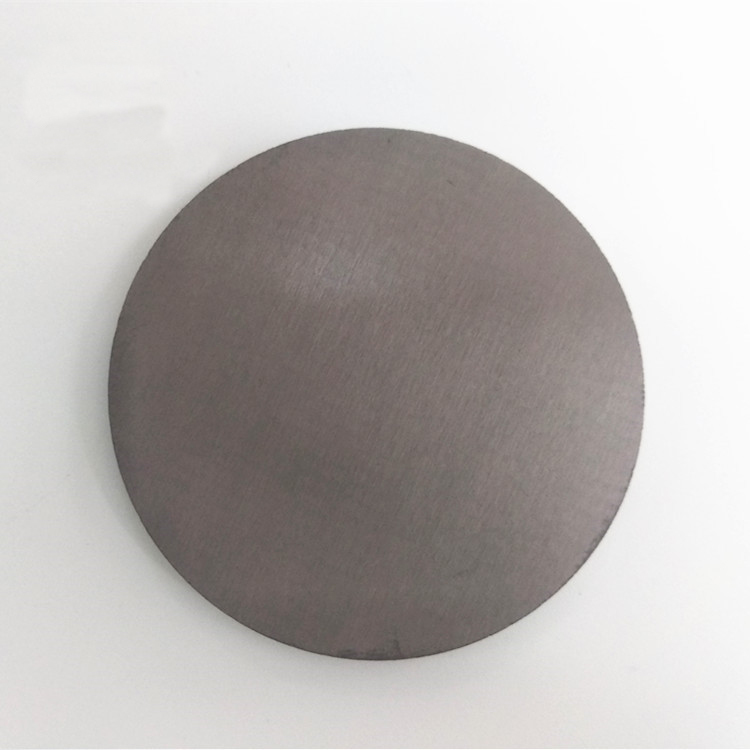
- High Purity: Ensures superior thin-film quality and device performance.
- Layered Structure: Facilitates easy exfoliation and 2D material synthesis.
- Stable Chemical Composition: Provides consistent results across various deposition processes.
- Excellent Optical and Electrical Properties: Ideal for advanced electronics and optoelectronics.
- Custom Configurations: Available in tailored sizes, shapes, and thicknesses for specific requirements.
-
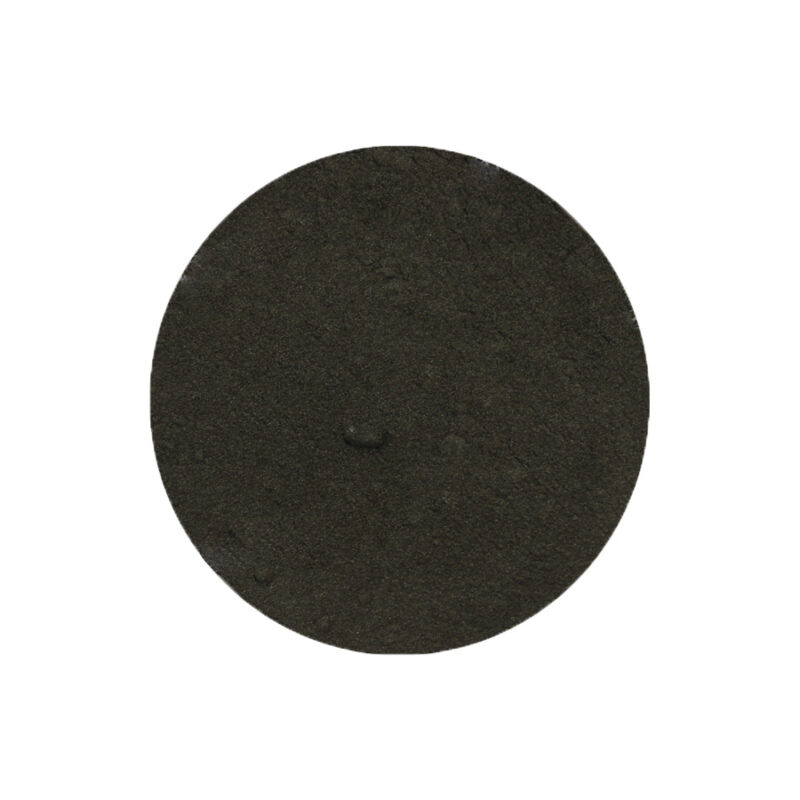
- High Melting Point: Excellent stability at temperatures up to 1900°C.
- Superior Oxidation Resistance: Forms a protective silica (SiO₂) layer at high temperatures.
- Good Electrical Conductivity: Suitable for heating element production.
- Corrosion Resistance: Performs well in oxidative and corrosive environments.
- Low Density: Lightweight yet durable for advanced material designs.
-
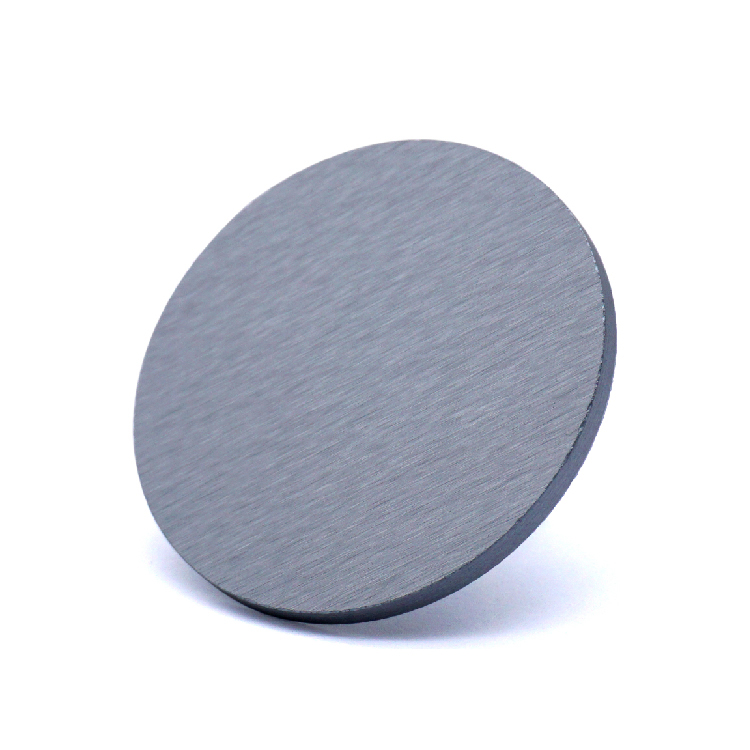
- Exceptional Thermal Stability: Operates efficiently in high-temperature environments.
- High Purity Levels: Ensures superior film quality with minimal defects.
- Oxidation Resistance: Suitable for protective coatings in harsh conditions.
- Electrical Conductivity: Ideal for use in electronic and semiconductor applications.
- Customizable Options: Targets tailored to specific industrial or research needs.
-
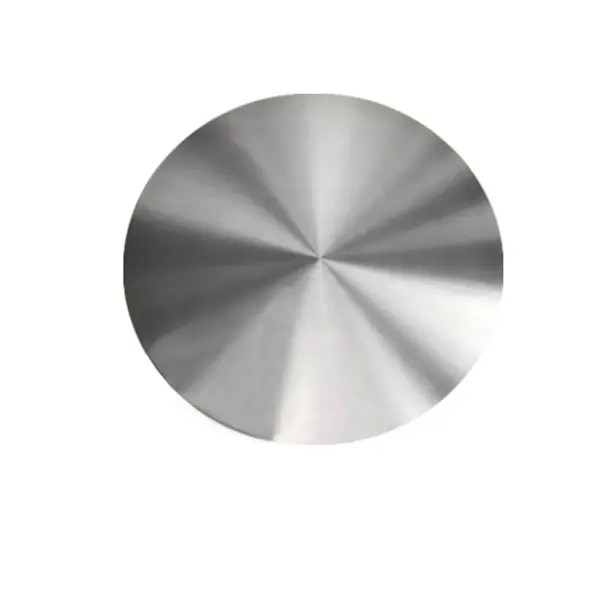
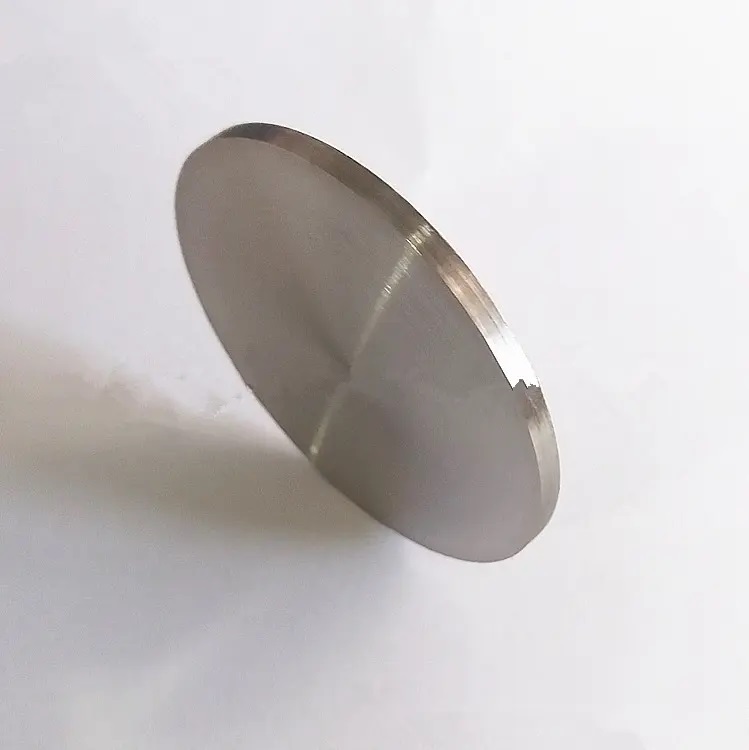
- High Mechanical Strength: The combination of molybdenum and tantalum results in an alloy with excellent tensile strength, making it ideal for demanding structural applications.
- Thermal Stability: MoTa alloys maintain their mechanical properties at elevated temperatures, making them suitable for high-temperature applications, such as coatings for turbine components.
- Oxidation and Corrosion Resistance: The alloy exhibits outstanding resistance to oxidation and corrosion, ensuring long-term performance in harsh environments.
- Customizable Composition: The molybdenum-to-tantalum ratio can be tailored to optimize the properties of the alloy for specific applications, enhancing strength, thermal stability, or corrosion resistance.
-
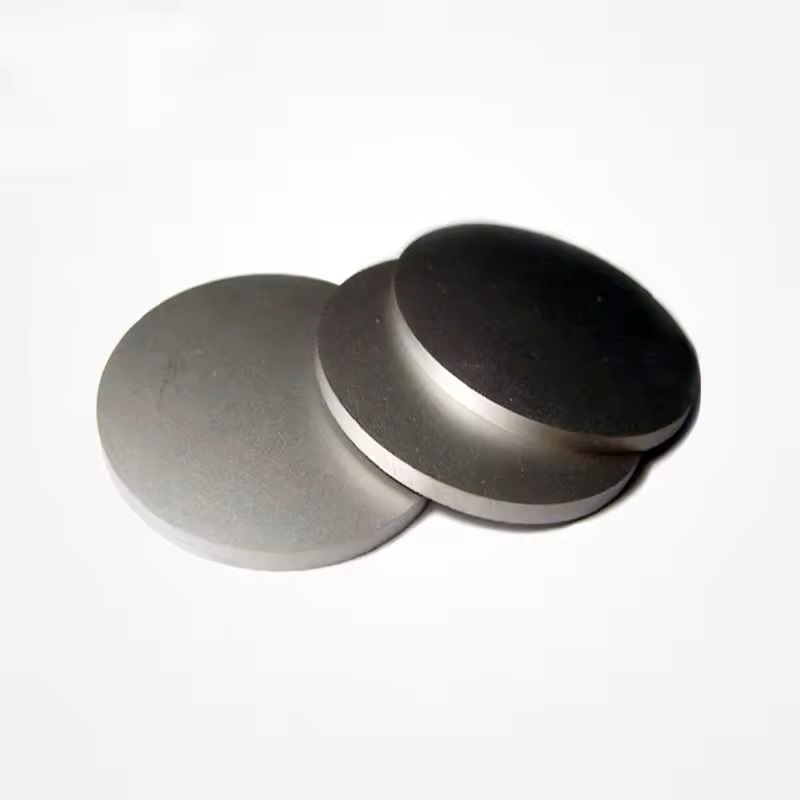
- Phase Tunability: MoTe₂ can transition between semiconducting and metallic phases, offering versatility in different electronic and optoelectronic applications.
- High Photoresponse: MoTe₂ thin films are highly responsive to light, especially in the infrared spectrum, making them ideal for photodetectors and imaging devices.
- 2D Material Properties: As a layered material, MoTe₂ offers exceptional flexibility and mechanical properties, enabling its use in cutting-edge flexible electronics.
- Thermoelectric Efficiency: MoTe₂ is suitable for thermoelectric applications due to its ability to efficiently convert heat into electricity.
-
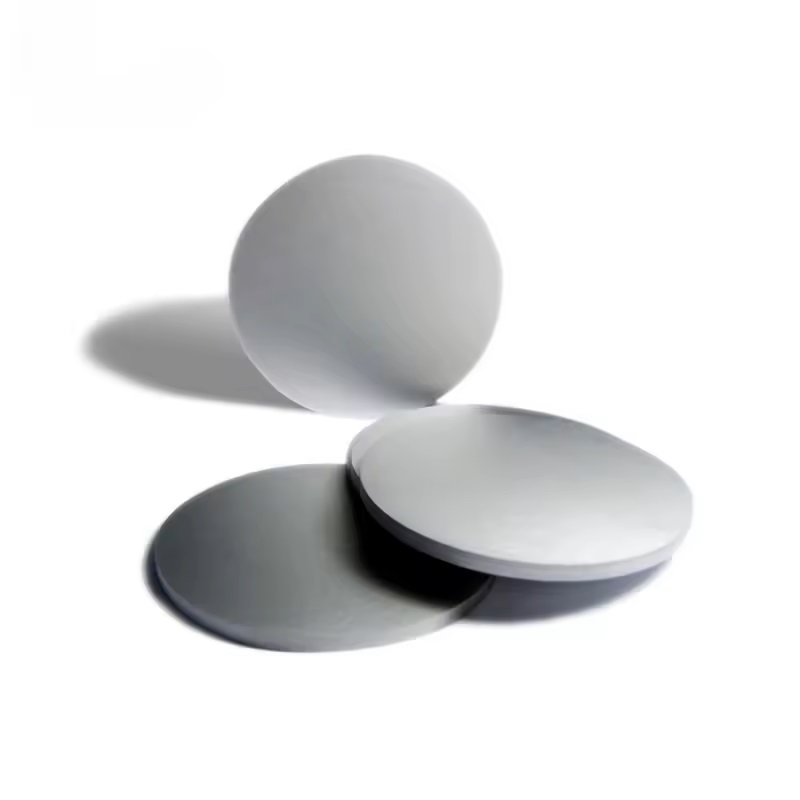
- High Corrosion Resistance: The addition of zirconium and titanium enhances the alloy’s resistance to corrosion, making it suitable for harsh environments, including semiconductor processing and aerospace applications.
- Thermal Stability: Molybdenum’s high melting point, combined with the stability of zirconium and titanium, allows MoZrTi thin films to maintain performance at elevated temperatures.
- Electrical Conductivity: MoZrTi alloy thin films provide good electrical conductivity, ideal for applications in electronic devices such as transistors and semiconductors.
- Mechanical Strength: The alloy offers a combination of strength and toughness, ensuring durability in wear-resistant coatings and industrial components.
- Oxidation Resistance: MoZrTi thin films resist oxidation, which is critical for maintaining performance over long periods, particularly in high-temperature and oxidative environments.
-
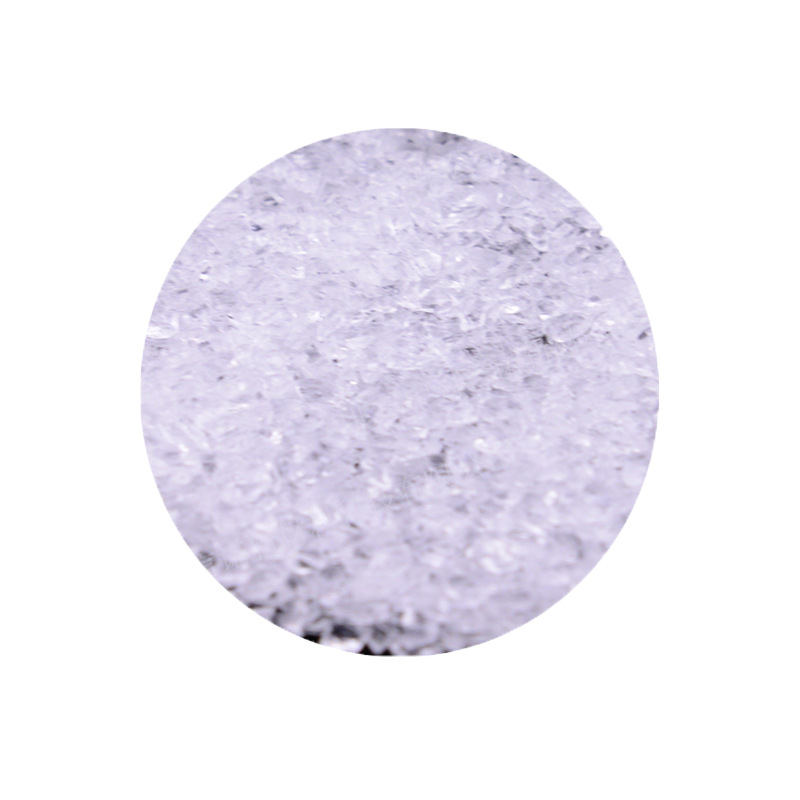
- High UV Transparency: Na₃AlF₆ is transparent in the UV and IR spectral regions, making it suitable for optical coatings in UV-sensitive applications.
- Good Adhesion: Forms thin films with excellent adhesion to a variety of substrates.
- Low Refractive Index: Offers a low refractive index, which is beneficial for anti-reflective coatings and optical interference filters.
- Corrosion Resistance: Provides a protective layer with good resistance to chemical and environmental factors.
-
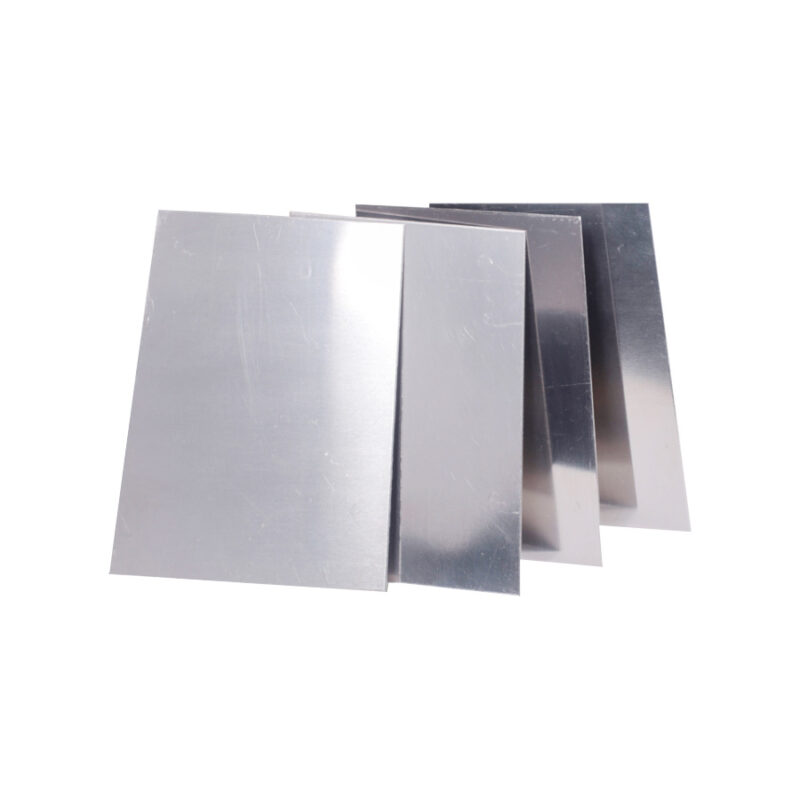
- High Corrosion Resistance: Niobium foil offers exceptional resistance to corrosion, particularly in acidic environments. It forms a stable oxide layer on its surface, protecting it from further corrosion in harsh chemicals and high-temperature conditions.
- High Melting Point: Niobium has a high melting point of around 2,468°C (4,474°F), making it suitable for high-temperature applications, such as those in the aerospace and automotive industries.
- Excellent Ductility and Malleability: Niobium foil is highly ductile and malleable, allowing it to be easily formed into thin, flexible sheets without compromising its mechanical properties. This makes it ideal for custom fabrication in precision applications.
- Low Thermal Expansion: Niobium has a relatively low coefficient of thermal expansion, which ensures that it maintains stability and does not deform easily under thermal stress. This property is beneficial in applications requiring high thermal stability.
- Biocompatibility: Niobium is biocompatible and is often used in medical implants and devices, such as pacemakers and stents, without causing adverse reactions in the human body.
- Superconductivity: Niobium exhibits superconducting properties at low temperatures, making it useful in various scientific and medical applications, such as MRI machines and particle accelerators.
